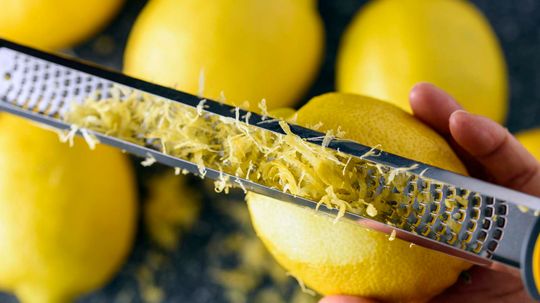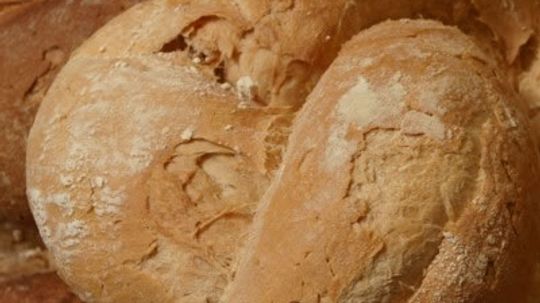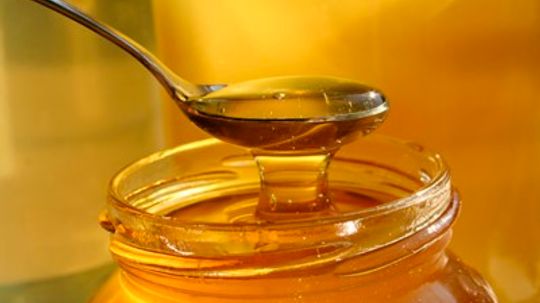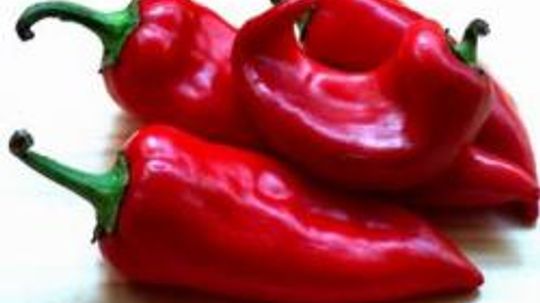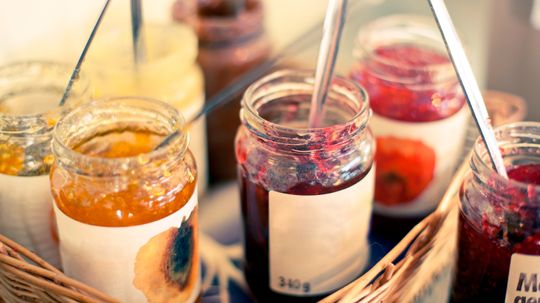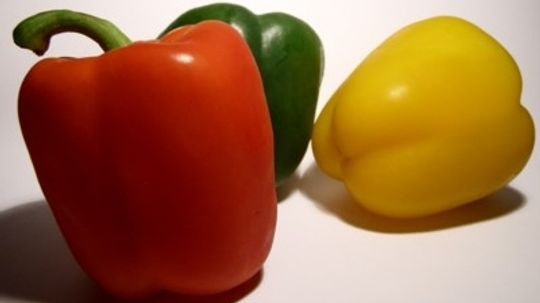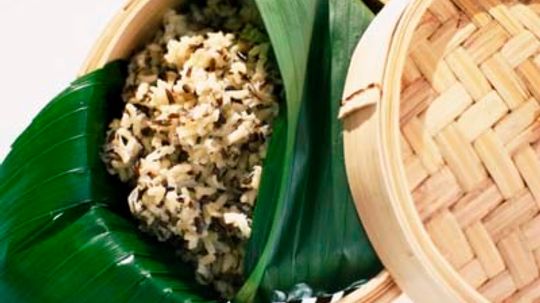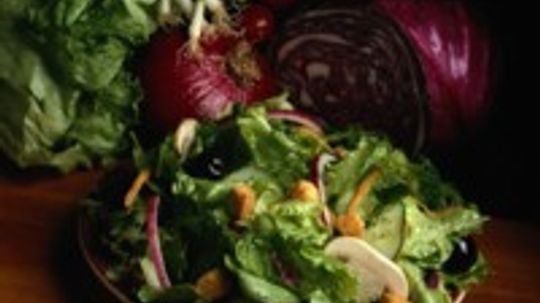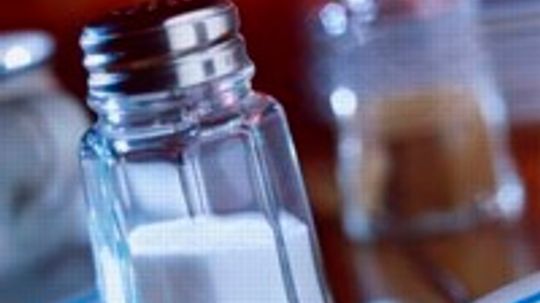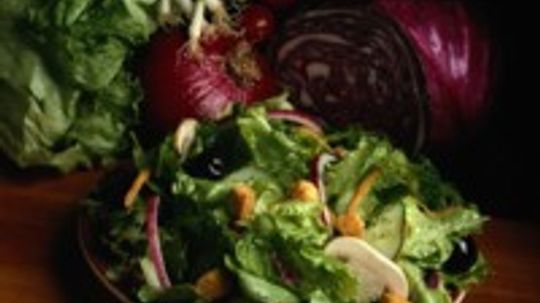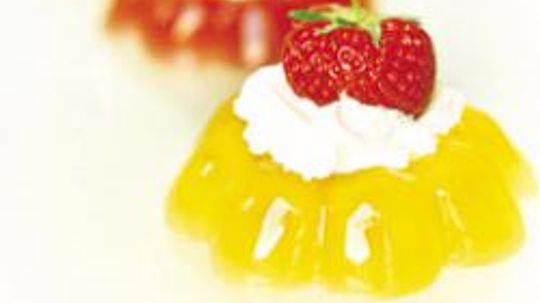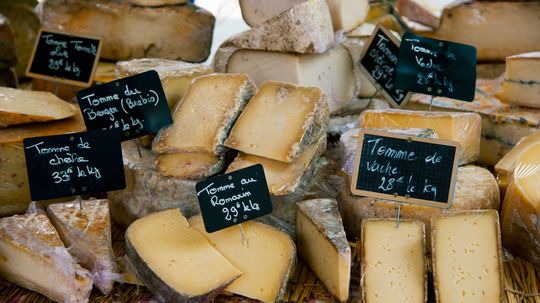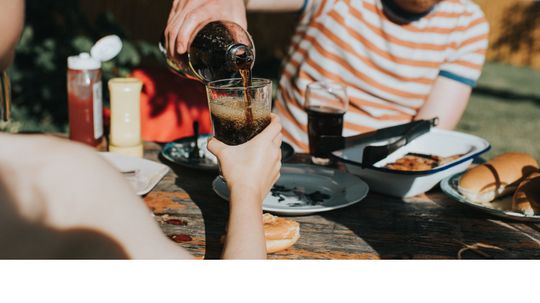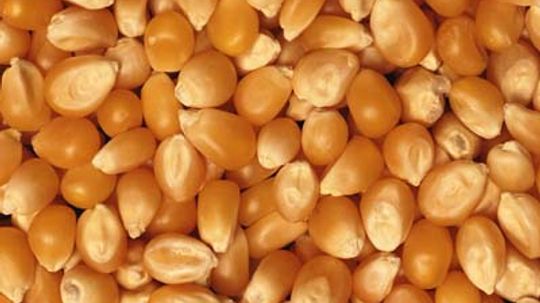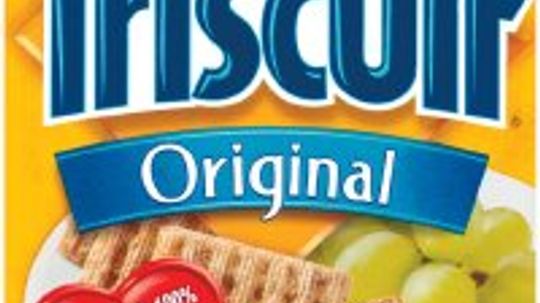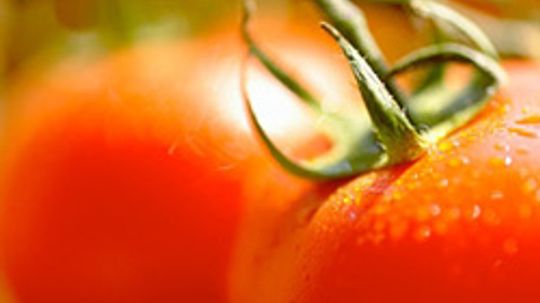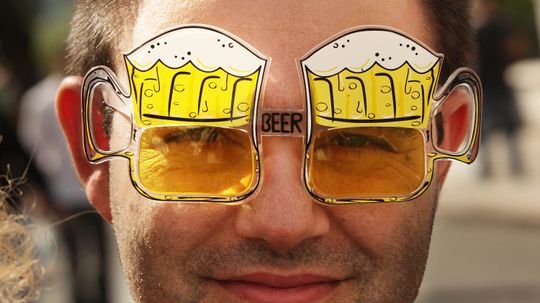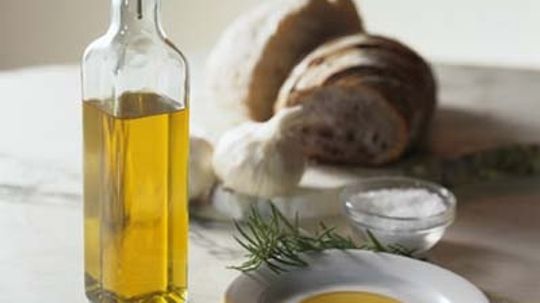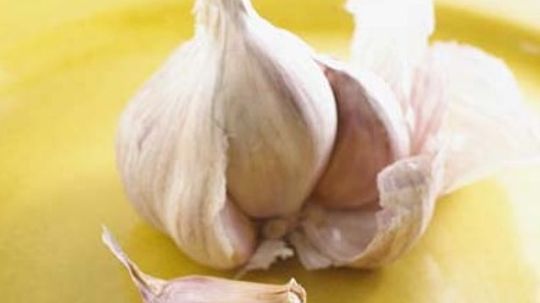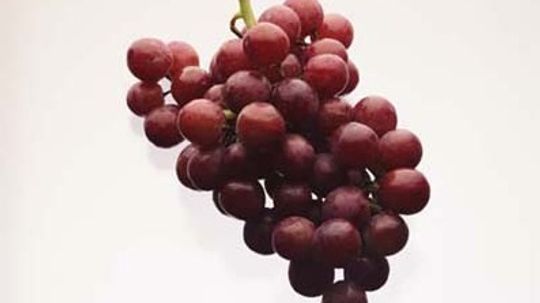Food Facts & Fun
Food Facts is a listing of articles that teaches you how all types of foods, drinks and diets work.
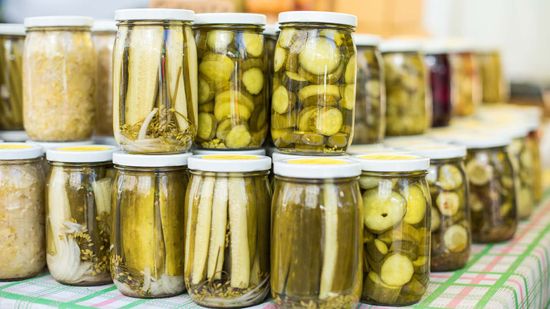
What's the Dill? The History of the Pickle
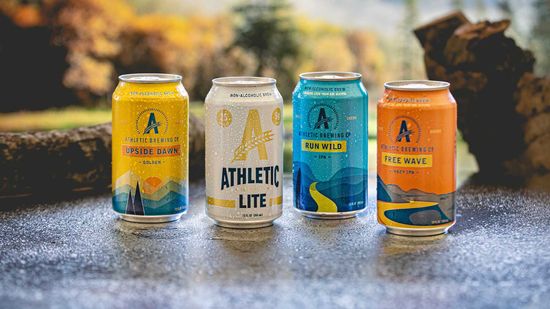
How Do Today's Brewers Make Non-alcoholic Beer?
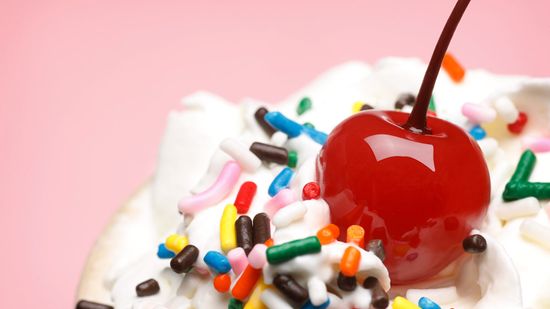
You Don't Want to Know How Maraschino Cherries Are Made
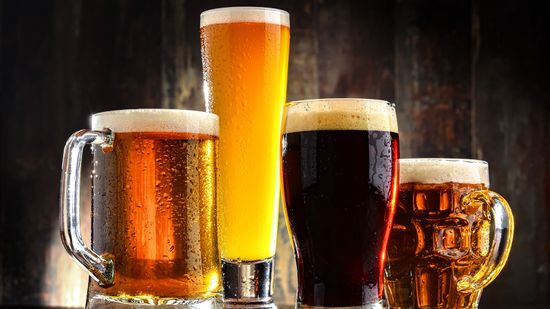
What's the Best-selling Beer in the World? Not Budweiser

5 Types of Tequila: Which to Sip and Which to Shoot
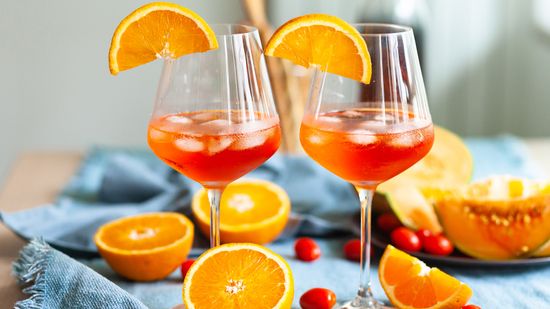
Campari vs. Aperol Cocktails and Flavor Profiles
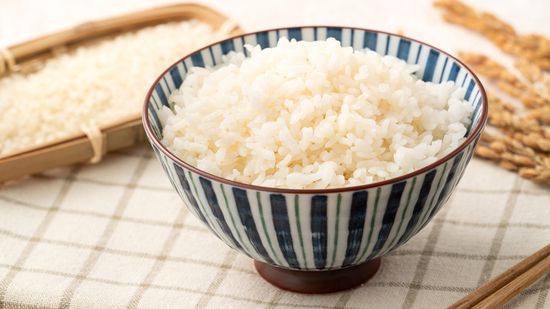
12 Types of Rice to Pair With Any Meal
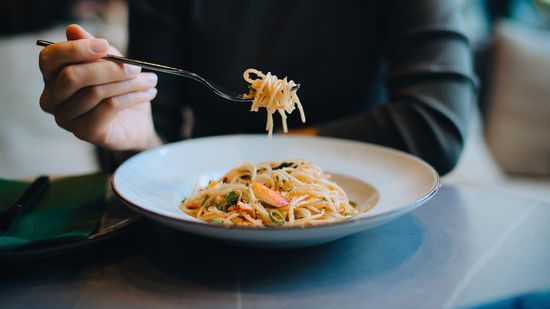
14 Types of Noodles Coming to a Dinner Table Near You

13 Types of Bread: Challah, Sourdough, Rye and More
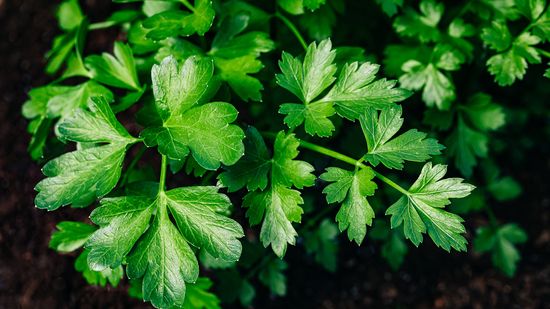
Parsley vs. Cilantro: Same Family, Totally Different Flavor Profile
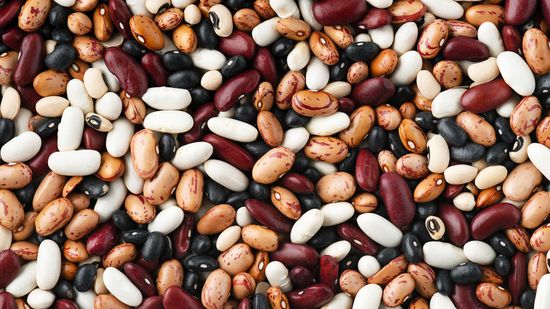
14 Types of Beans: Garbanzo, Adzuki, Cannellini and More
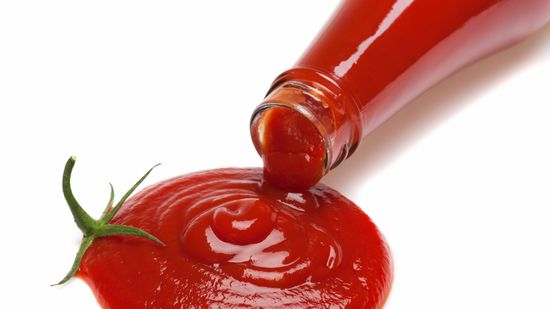
Is Tomato Catsup the Same as Tomato Ketchup?
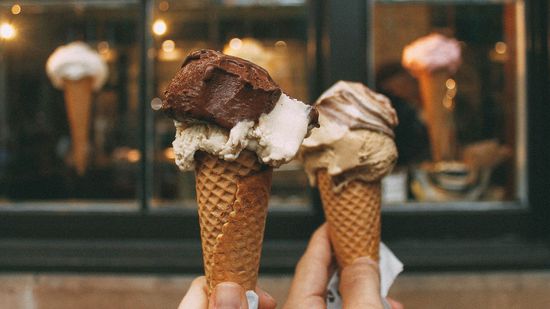
Get the Scoop on Our Ice Cream Quiz!
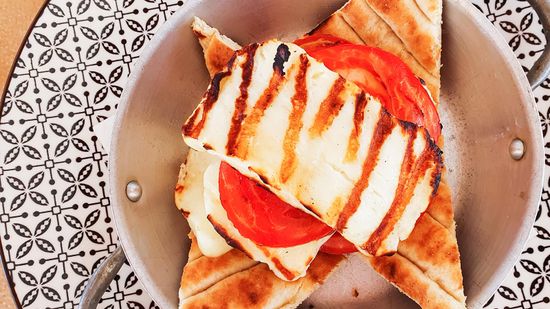
What Is Halloumi Cheese, and Why Is It Suddenly So Popular?
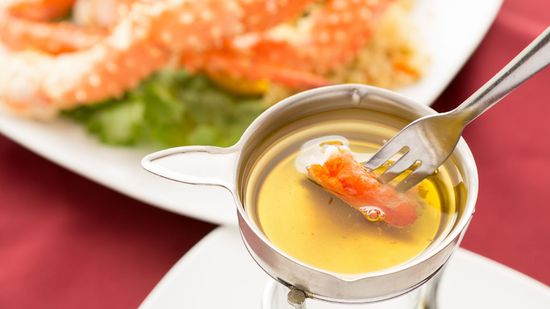
What's the Difference Between Clarified Butter and Ghee?
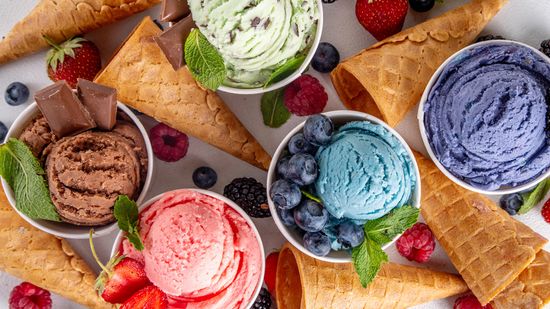
9 Unconventional and Weird Ice Cream Flavors We'd Love to Try
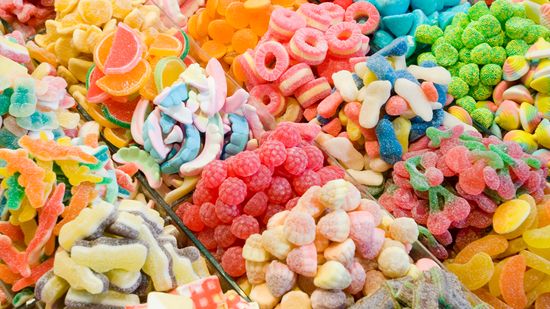
6 Types of Candy for Every Sweet Tooth
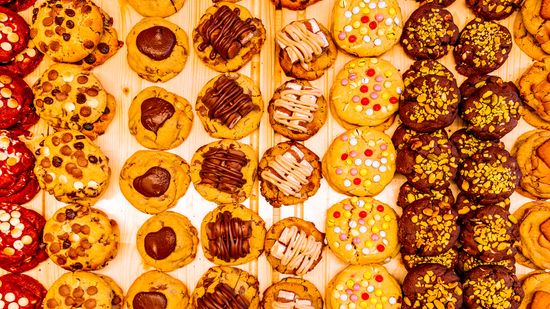
11 Types of Cookies for Your Next Snack Attack
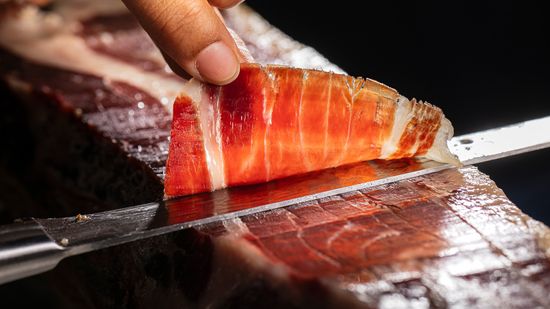
Is the Most Expensive Meat Kobe Beef, Wagyu, or Iberico Ham?
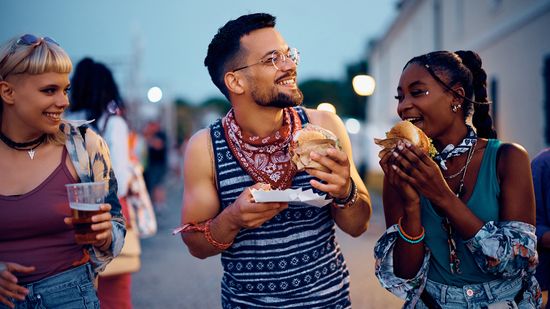
8 Food Festivals Where You Can Fill Up on a Good Time
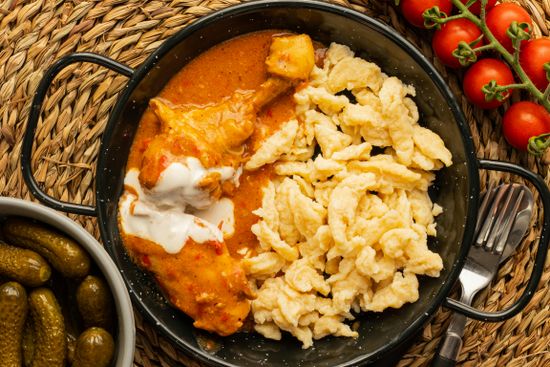
Discovering the Vibrant Flavors of Hungarian Cuisine: A Culinary Journey
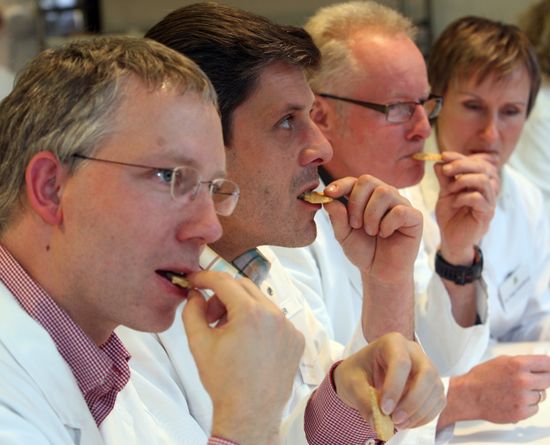
How Food Tasters Work

Top 5 Reasons You Know You Should be a Pastry Chef

How to Get Your Big Break into the Baking Business
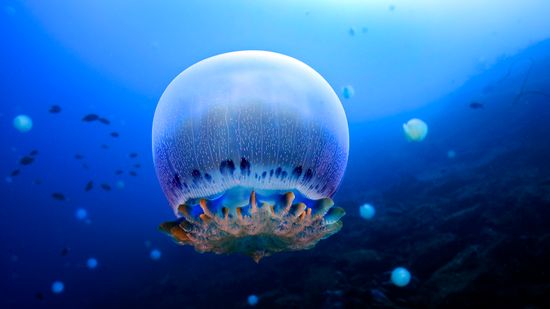
Can You Eat Jellyfish? Yes, But Not All Jellyfish
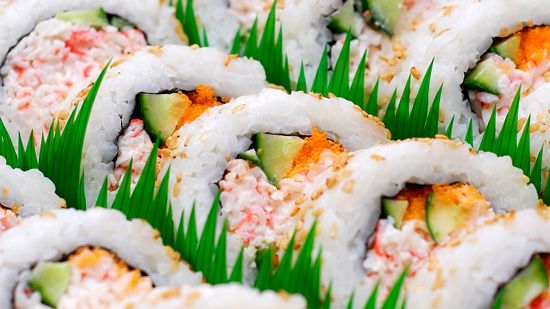
What Is Imitation Crab Meat? Is the Crab Substitute Vegan?
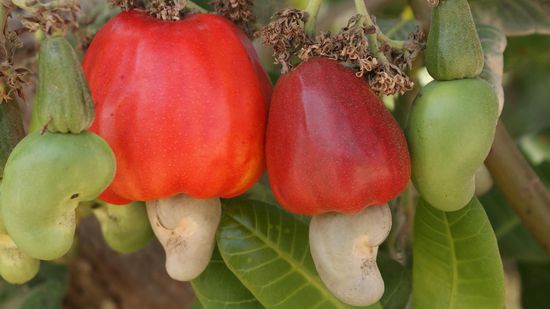
It's Nuts How These 6 Nuts Look Before Processing

Where Do Potatoes Originate From? Not Ireland
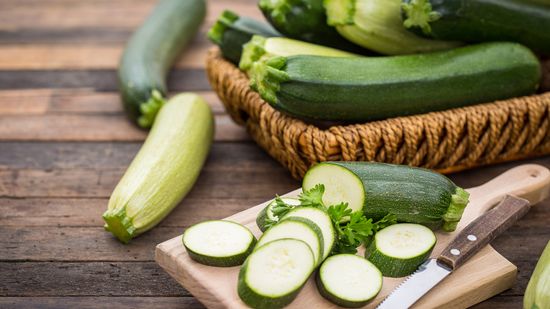
Zucchini vs. Cucumber Vitamins, Water Content, and Uses
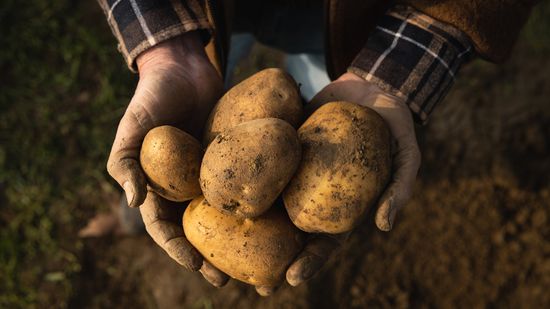
10 Types of Potatoes for Mashing, Frying, Roasting, and More
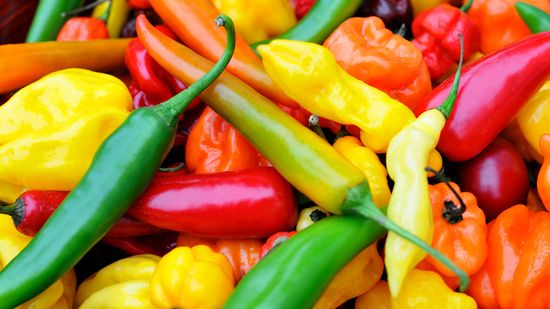
7 of the Hottest Peppers in the World
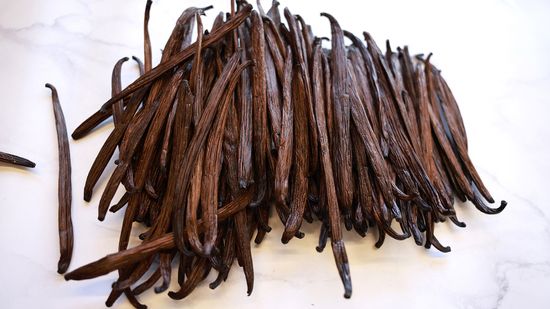
Where Does Vanilla Flavoring Come From?

Lemongrass Is a Prized Herb in Asian Cuisine
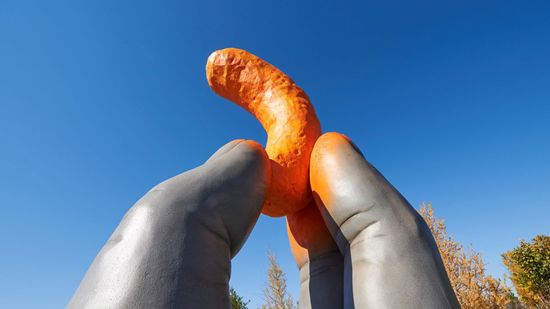
10 Flaming-hot Facts About Cheetos
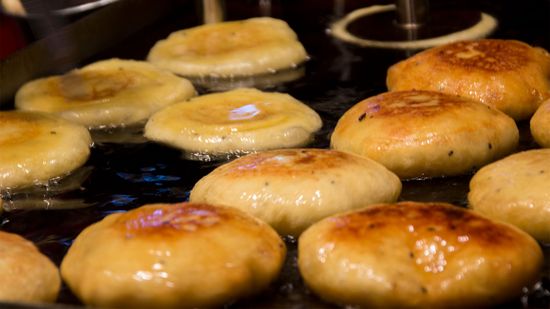
Korean Street Treat Hotteok Is Like a Warm Hug
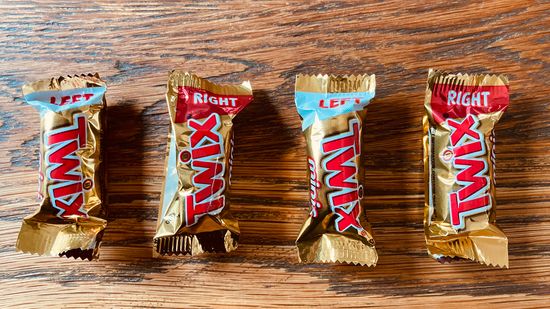
Is There Really a Difference Between the Left and Right Twix?

10 Types of Wine and What to Pair Them With

What's the Difference Between Champagne and Sparkling Wine?
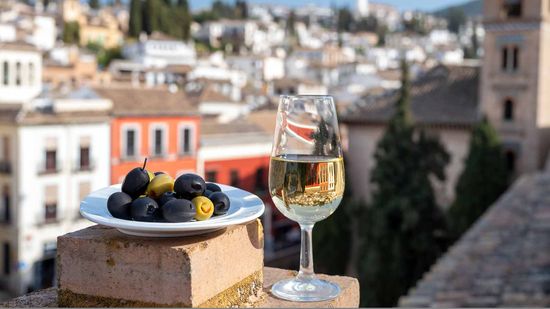
What's the Difference Between Port and Sherry?
Learn More / Page 22
Lemon zest imparts a bright and citrusy flavor to both savory and sweet foods. Best of all, it's super simple to make using the right tools and the peel of a lemon.
Masa harina is a type of traditional flour used in Mexican cooking to make tortillas, tamales, and other dishes. Read this article to learn more about this versatile flour.
Just one serving of spinach is enough to give you more than 100 percent if your daily vitamin A requirement. Spinach is packed with nutrients and can be used a variety of ways. Find out more about how to clean spinach, ways to use it, and delicious recipes.
Advertisement
Though they have distinct flavors, honey and sugar both contain the same amount of carbohydrates. In healthy cooking, the source of the carbohydrate is not nearly as important as the quantity. Learn more about honey and sugar in a diabetic diet.
Wondering whether to use canned vs. fresh jalapeno peppers? Go for the fresh for a stronger flavor. Discover the difference between the different types of peppers, learn more about using peppers in your cooking by trying out these recipes.
Did you ever ask yourself what the difference between jams, jellies, marmalade, and preserves is? Read this article to find out all about these sweet concoctions and how to tell the difference.
Bell peppers are full of nutrients and can be roasted to bring out their inherent sweetness. Learn more about roasting and incorporating them into your favorite recipes.
Advertisement
Rice, the staple of most Asian cuisine, is one of the oldest cultivated grains in the world. Read this article for answers to common rice questions. Learn about the different types of rice and get tips for cooking rice perfectly every time.
Do you know how to make your own salad dressing, or know how to incorporate fresh herbs in your salad? Get answers to common salad questions. This article tells you how to create quick, healthy salads and salad dressings, and how to use fresh herbs.
Why do some dessert recipes call for salt? Is it really necessary to add the salt in there?. Discover answers to a variety of salt questions. This article sheds light on salt's use in desserts, salty soups, and reduced sodium foods.
Cream cheese can be used in a variety of foods, from dips to entrees to desserts. Learn tips for easier cooking with cream cheese, substition ideas, easy uses for packaged cream cheese. Find answers and check out these delicious cream cheese recipes.
Advertisement
Knowing the difference among the many types of cream can have a big impact on your recipe. There are several categories of cream, and, to make matters more confusing, what's popular in one part of the country may not even be found in another region. Get the facts about cream and try these recipes.
In addition to iceberg, most supermarkets offer other varieties of lettuce, such as boston, bibb, and romaine. Read this article to find out more about the different varieties and how to incorporate them into your meals.
Coffee is a great pick-me-up, but how much do you really know about it? Find coffee questions and answers, including how to add flavor to your favorite brew and the best way to store coffee. Learn more here.
Gelatin is an translucent and often unflavored element often used in cooking. Learn what gelatin is, how to measure it for cooking or baking, and how to use it in this article.
Advertisement
Cheese is everywhere. But what exactly is it? Where does it come from, how is it made -- and why is some of it so stinky?
These days, soda pop is more than just cola and lemon-lime. See our list of 17 obscure brands of soda pop, including Pickle Juice "Sport" and DraCola.
Popcorn is low in fat, high in fiber, and just downright tasty. Learn 20 things you didn't know about popcorn, such as what to call unpopped kernels and popcorn's scientific name.
Henry VIII was known for hosting opulent feasts with every delicacy you could imagine. Read our list of 12 items found at a feast of Henry VIII, including whale meat and grilled beavers' tails!
Advertisement
Triscuits are a delicious treat and an American cultural phenomenon. In this article, we'll show you behind the scenes from the idea to the production process of this tasty snack food.
The world really has two different meanings for the word fruit. There is the use of the word when you go to the grocery store, and then there's the use of the word by a botanist. Find out if tomatoes make the cut.
As it turns out, beer is not the only factor in the 'beer goggles' effect. And scientists have come up with a fancy formula to prove it -- and let you calculate just how far off you are.
By Julia Layton
Olive oil is one of the most versatile ingredients you'll find at the grocery store. Knowing how it gets from the tree to your table will help you understand how to get the most out of it.
By Gayle A. Alleman
Advertisement
Sure, you could buy garlic at the store. But it's just as easy to grow your own, and it keeps for months. Find out how to plant, harvest and store garlic.
By Gayle A. Alleman
Vinegar is a must-have ingredient for vinaigrettes, marinades, food preservation, or any recipe that needs a little extra kick. You'll be astounded at all the things this seemingly simple condiment can do.
By Gayle A. Alleman
